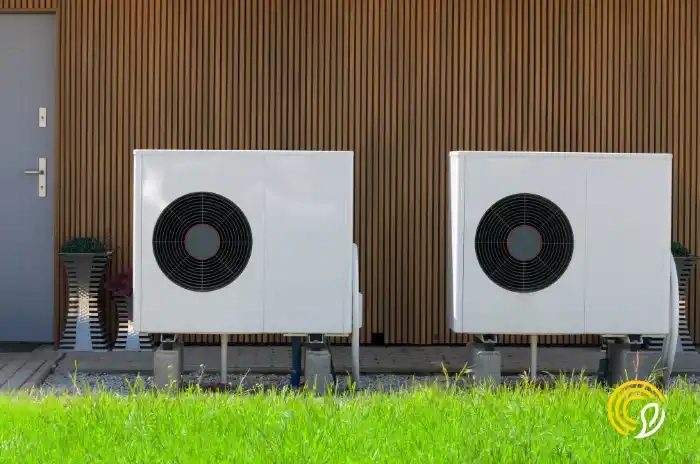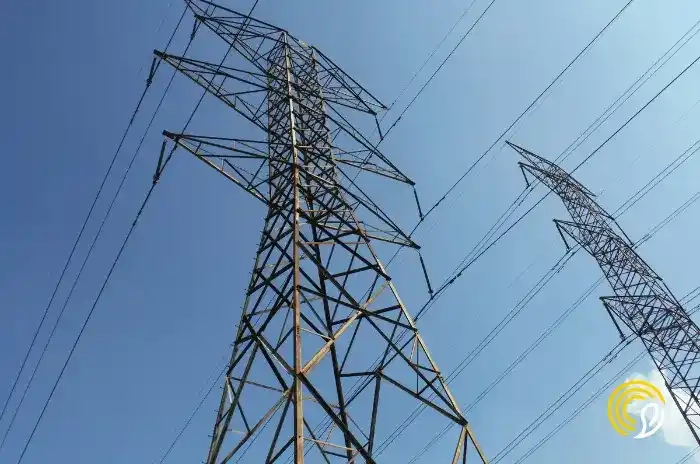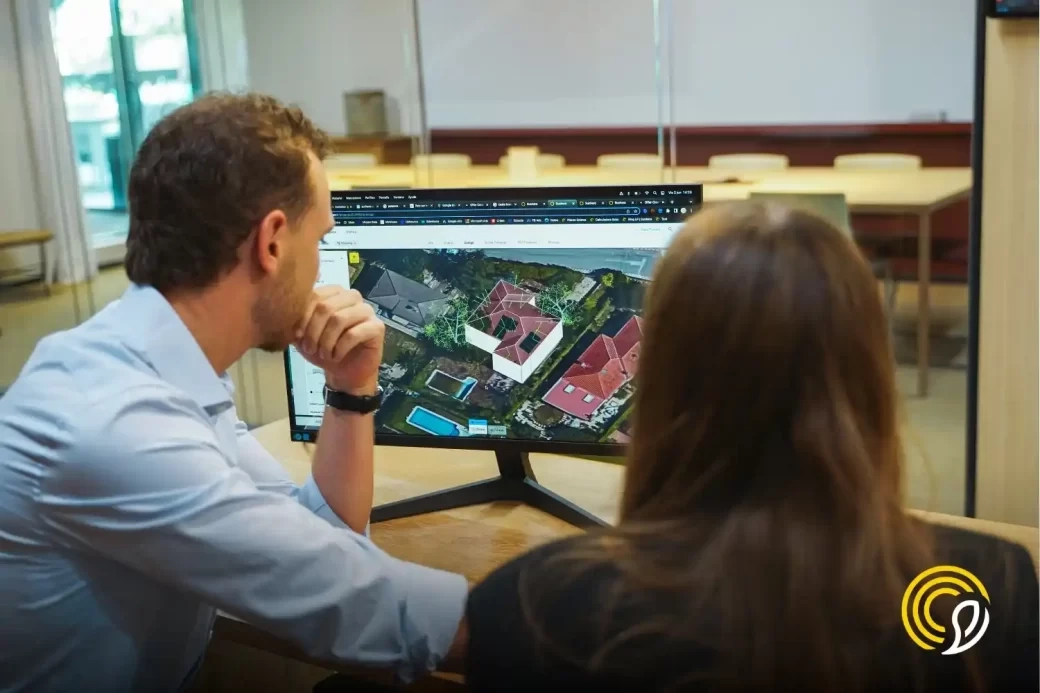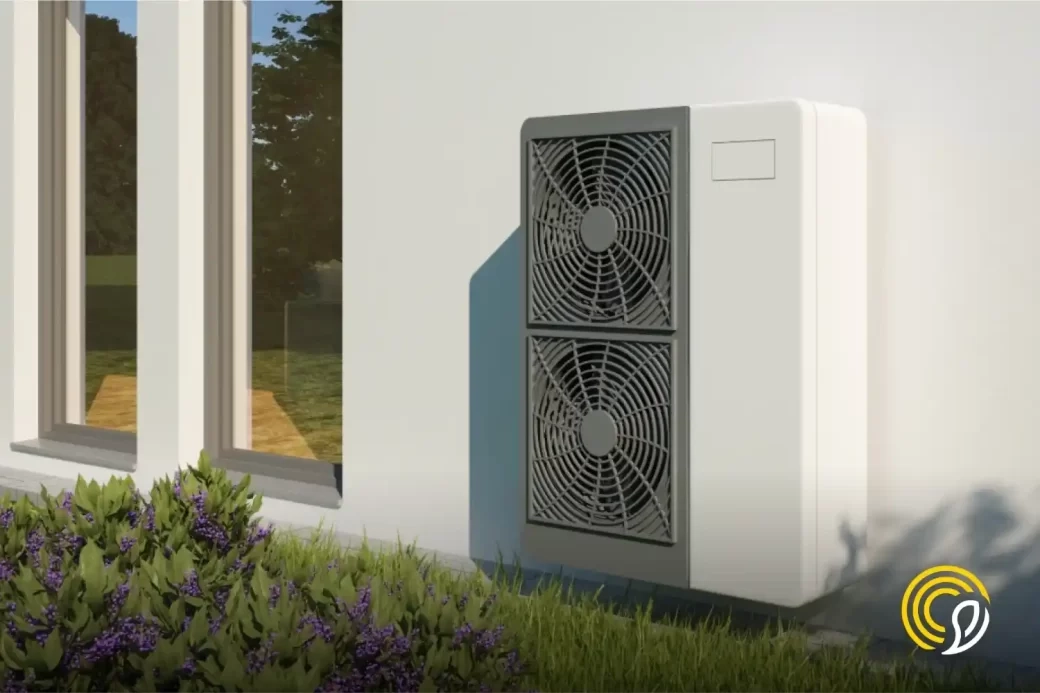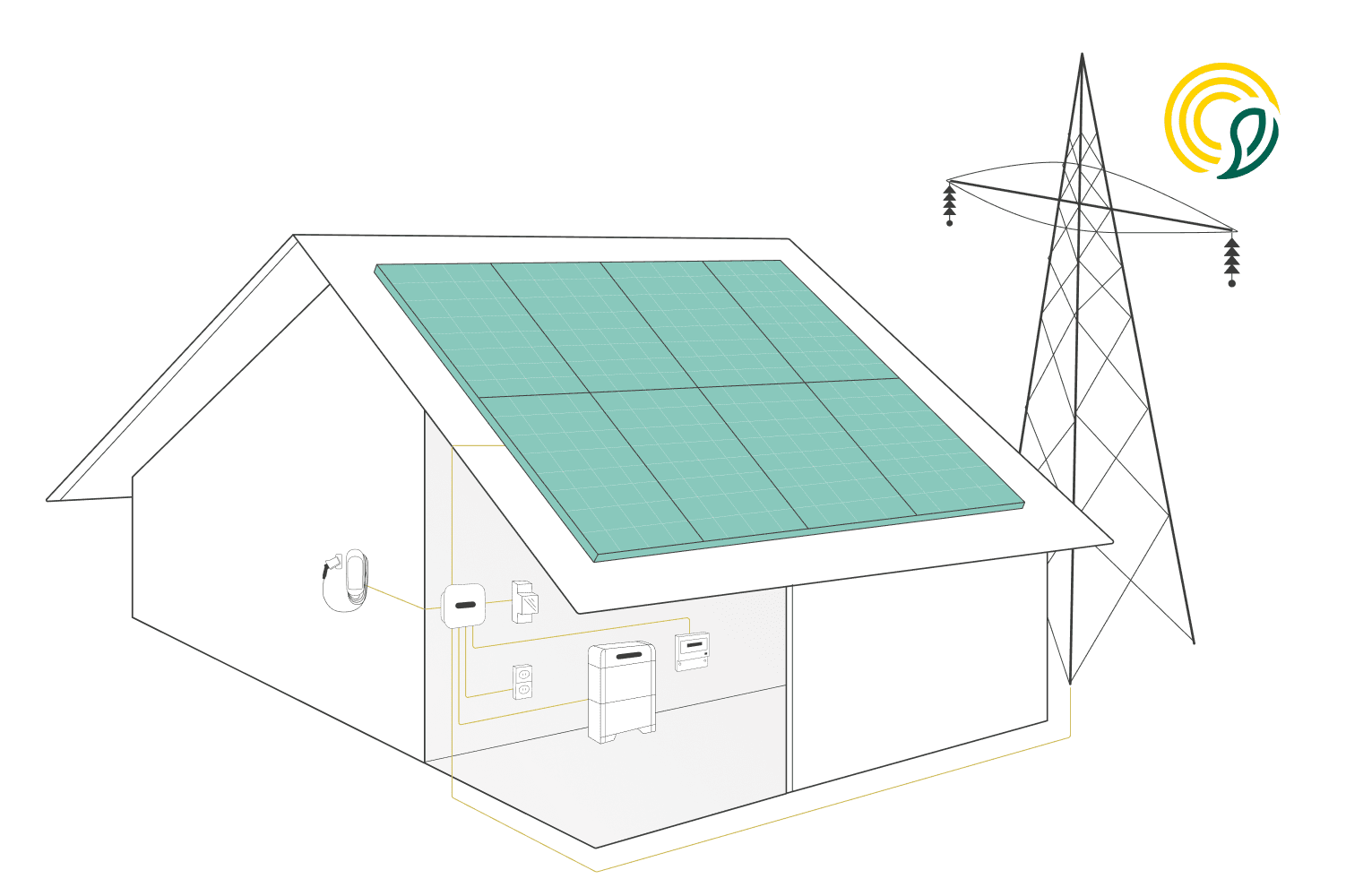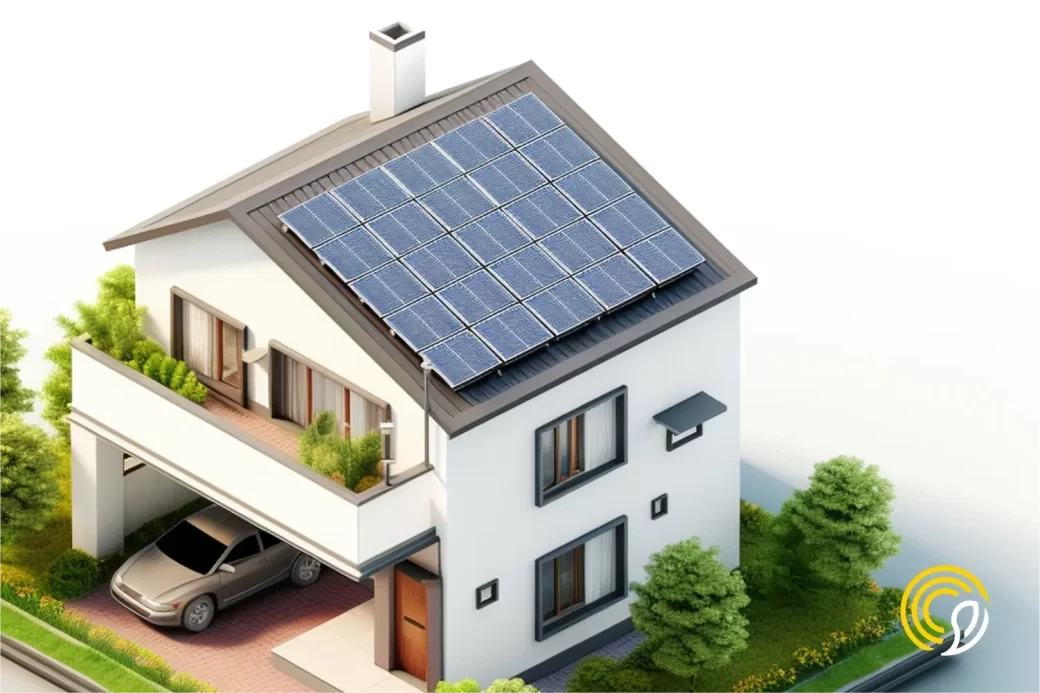
Use of renewable energy at home

Claudia Pardo, Content Specialist at Sunhero and a firm believer that solar energy can transform the world.
05/06/2024
2 min read
ÍNDICE
Today, the transition to renewable energy is not just a trend, but a necessity. For homeowners, the use of renewable energy at home is an alternative that offers many advantages, such as savings on electricitybills, energy independence and a more sustainable and environmentally friendly approach.
Photovoltaic solar energy
When it comes to generating electricity at home, solar photovoltaic systems are often the most popular solution. Solar photovoltaic technology harnesses sunlight to produce electricity using photovoltaic modules, commonly known as solar panels.
These panels contain photovoltaic cells made primarily of semiconductor materials, which generate electricity through the movement of electrons when exposed to sunlight.
When it comes to residential solar photovoltaics, this technology is known as self-consumption photovoltaics. This system allows homeowners to generate their own electricity and reduce their dependence on the conventional electricity grid.
Wind energy
Another option for generating electricity from renewable sources is wind energy. This type of renewable energy is most common in large wind farms, a common sight on Spanish roads. However, there is also a version of this technology adapted for domestic use: mini wind power.
Mini-wind energy offers the same performance as large wind turbines, but in a reduced format and feasible for small installations.
Currently, in terms of efficiency, mini wind energy can compete with self-consumption photovoltaic energy, although it is important to consider the location and the level of energy consumption of the household.
However, the initial investment in mini wind is generally higher due to the fact that it is a developing technology.
Thermal energy
Aerothermia
Aerothermia energy is the newest option in terms of thermal energy production. This technology uses heat pumps that use the temperature of the outside environment to efficiently carry out the compression and condensation processes necessary to obtain the desired temperature (cold or heat).
Aerothermal energy improves the performance of traditional air conditioning heat pumps.
Biomass
Biomass is one of the first options that come to mind when talking about renewable thermal energy production. This type of energy produces heat and offers two main alternatives: biomass boilers, which generate heat for hot water and general heating, and biomass cookers, used to heat specific areas.
Although the renewability of biomass has been questioned due to the burning of materials which generates emissions and waste, it is still a much cleaner option compared to coal, oil or gas. In addition, biomass uses industrial waste, sludge and pruning residues, making it a renewable source.
Geothermal energy
Another renewable thermal energy alternative is geothermal heat pumps. Geothermal heat pumps work in a similar way to conventional heat pumps, but they draw their heat from the ground. The geothermal installation requires laying collector pipes underground that transport the heat from the ground to the home’s heating or hot water system.
Depending on the depth of the collectors and the location of the house, different temperature ranges can be found, with the most common options for residences being low and medium temperature geothermal.
Solar thermal energy
Thermal energy can also be harnessed by solar panels designed to capture the sun’s heat. Unlike photovoltaic panels that generate electricity, solar thermal panels use solar heat to heat water.
These panels are made up of collector tubes that transmit the sun’s heat to the drinking water, and are used for domestic hot water and to support the heating system.
The advantage of thermal energy over electrical energy is that the heat can be stored for later use, whereas electrical energy storage is less efficient and is under constant development.
Start today!
Fill out our free solar calculator and get a custom quotation
